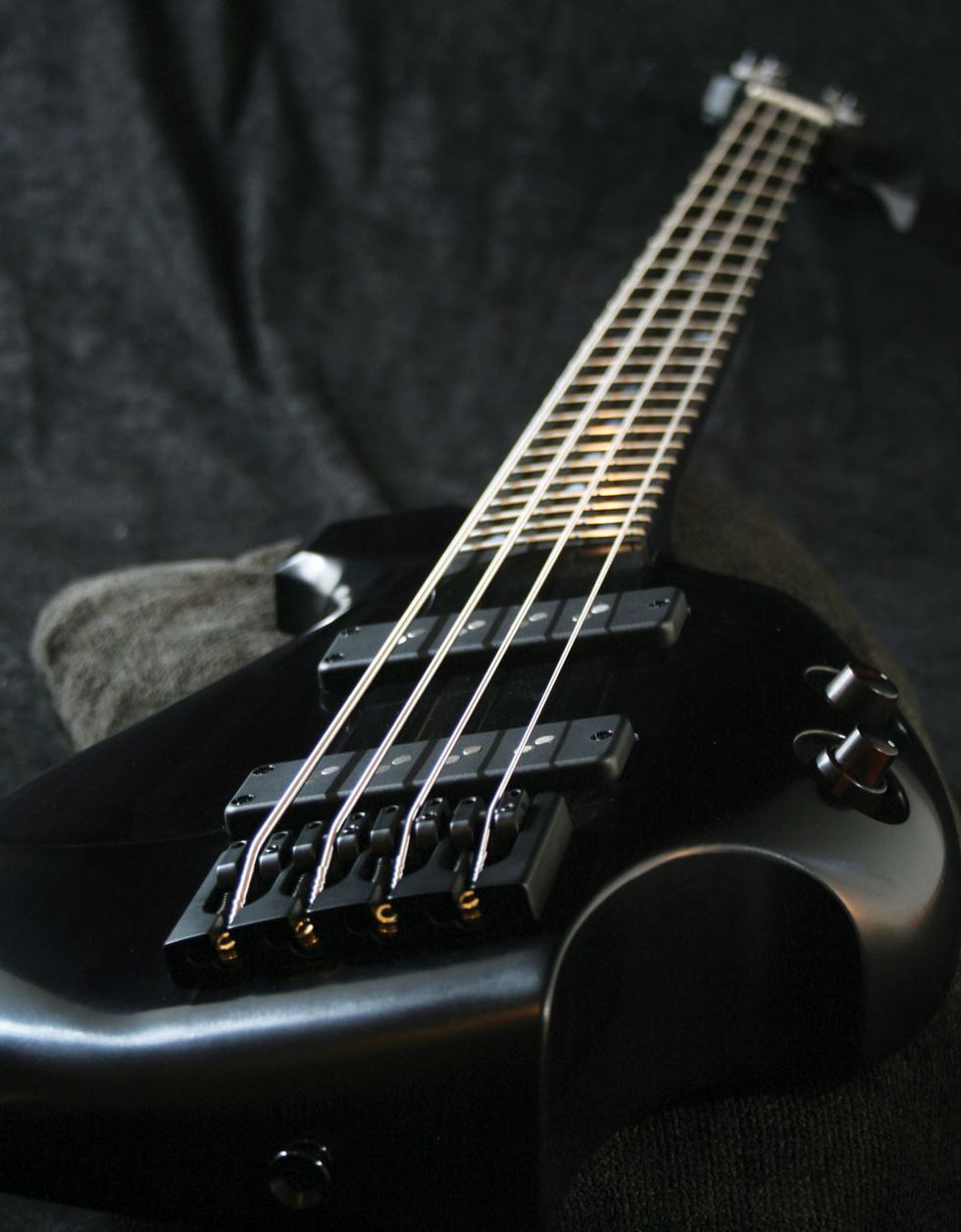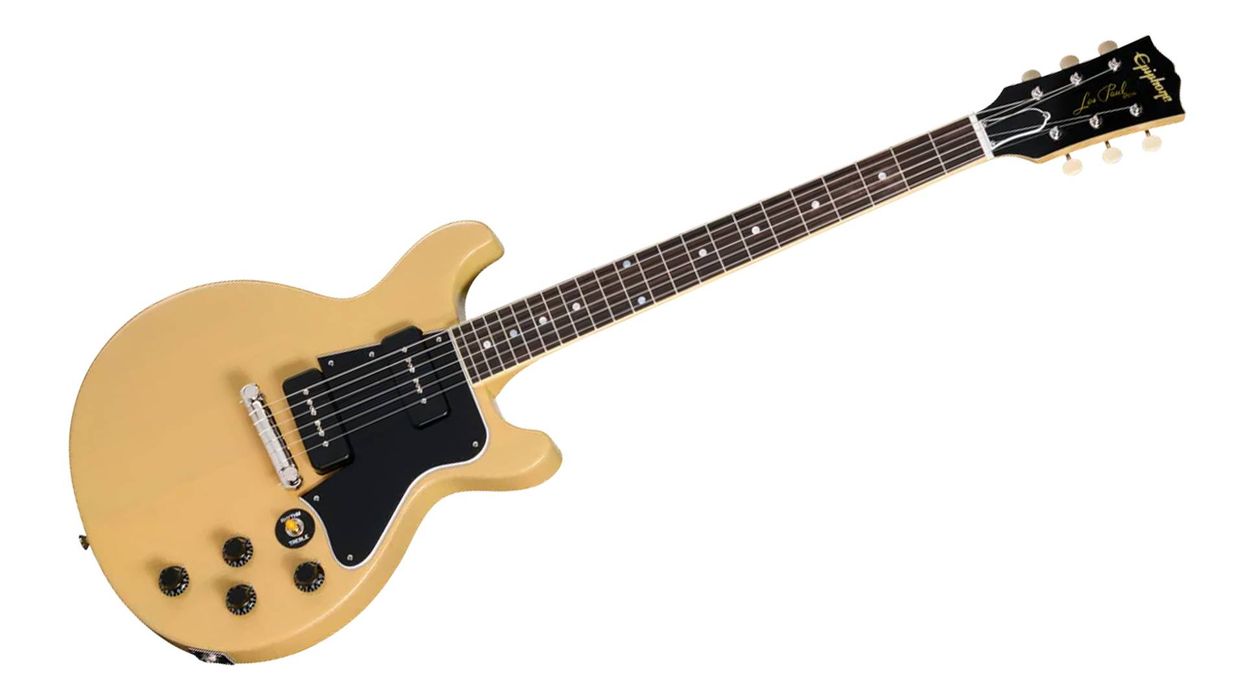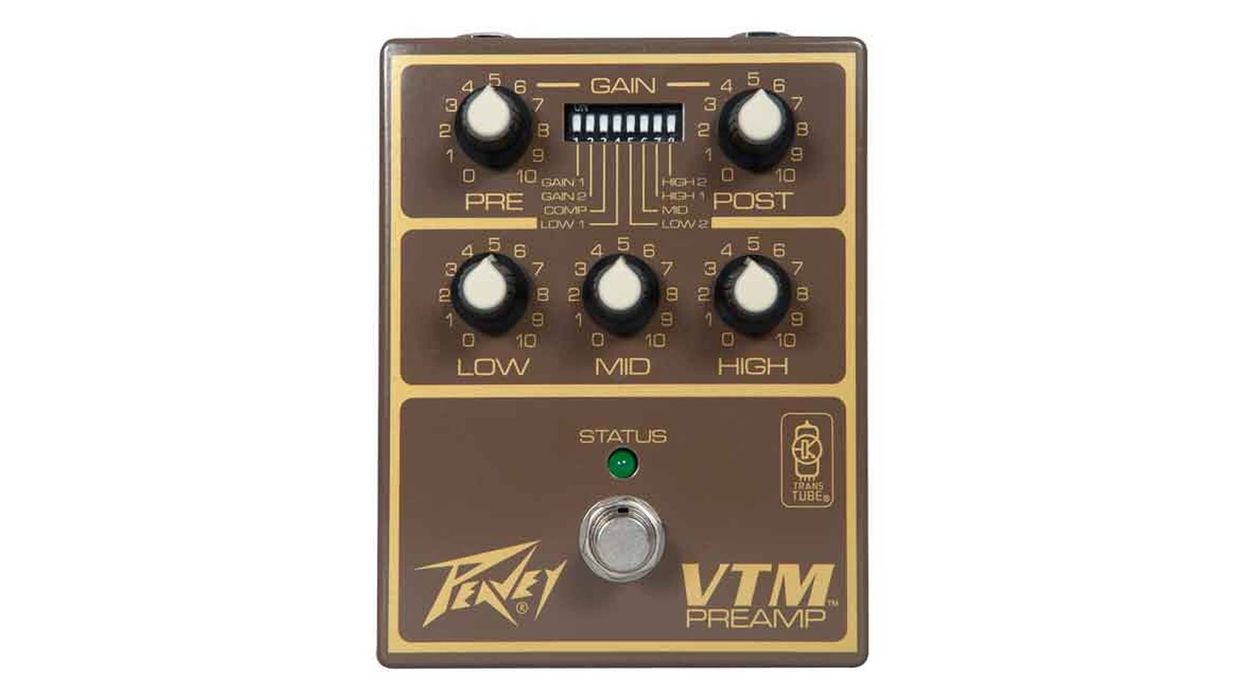For a builder like myself, music expos aren’t just a great opportunity to meet one’s customers. They’re also a chance to hang with colleagues. One evening after a recent music fair, I was having a drink with some bass-building friends I only see every few years. The group included one fellow who we all thought was someone else’s customer. As it turned out, he was an aspiring bass-builder with a healthy ego. While addressing our group, which had a combined real-world experience of more than 60 years in lutherie and selling custom basses, he continuously babbled about his soon-to-be big business. Most builders are friendly folks, but finally someone’s patience wore thin and he interrupted the prater and asked to see some of his work. It turned out he had built one P-bass copy ... in a nice yellow, I have to admit. Later, we had a good laugh about how this guy made that evening memorable.
But let’s be real: The number of boutique luthiers has exploded in recent decades, and bass builders, who are often more focused on innovation and less concerned about vintage reproductions, have played a pretty large role in this. Today, we have many sources for learning about the craft and basic technology of building instruments, but most of them leave out the inevitable daily problems of dealing with shipping, insurance, taxes, the implications of CITES, and customs declarations. These are all things one can learn over time, but it’s good to be aware that this job is rarely about hanging around backstage.
In the 20th century, most luthiers evolved from working in a music store’s repair department to making instruments in a basement. PG’s Jol Dantzig shared an intriguing perspective about this in “Zero Sum Meets Boutique Building,” his December 2017 Esoterica Electricacolumn. “When I began making guitars in the early 1970s,” he wrote, “there were only a handful of guitar builders whose reputations reached beyond their own cities or towns.” But today, he added, things have changed: “A quick scan of boutique guitar listings reveals somewhere north of 500 builders beginning with the letter ‘A’ alone.”
So besides the obviously stiffer competition, there’s the question of whether it’s still possible to reach the level it takes to run a sustainable business building boutique instruments. When your product is a P-bass copy, no marketing can save the day. And, given the current mass-production in low-wage countries, it’s extremely unlikely you can compete on price.
What are the implications of this if you plan to build basses for a living? Thanks to social media, it often feels sufficient to garner applause for a new color, dramatic grain structure, or a tiny tweak to a classic body shape. But is that enough to get you any paying customers? Buyers won’t open their wallets simply because you love the bass. There has to be something unique about your instrument that sets you apart from everyone else.
One should also question one’s own motivation. Perhaps you say, “I, too, could build such a bass!” Or maybe, “I’d like to build such a bass, but with red stripes because I like red and there aren’t enough red basses on the market.” Or how about, “I have an idea to improve the functionality of a certain part of this instrument.”
To me, only the latter points to a solid foundation for starting a business, although a lot of builders have proven me wrong. Still, I’d like to see an idea—just one. No need to reinvent the wheel, but show us a little something that goes beyond standing out visually. Something that enhances playing technique (Photo 1) or the instrument’s sound. Otherwise, there are plenty of other options to make a living from your passion, whether it’s teaching, doing repairs ... or even writing columns.
Improbably, the fellow with the P-bass copies is now in business, but it’s hard to judge someone’s sustainability simply from a website. However, he finally managed to find something special ... inlays! If our paths ever cross again, I’d share my favorite bit of sapience on instrument building—a quote from the late Michael Kasha, a distinguished scientist and legendary pioneer in acoustic guitar design: “The builder must constantly think of the guitar as a complex, frequency-dependent vibrating object, and not merely as a highly ornamented box.”






![Rig Rundown: AFI [2025]](https://www.premierguitar.com/media-library/youtube.jpg?id=62064741&width=1245&height=700&quality=70&coordinates=0%2C0%2C0%2C0)












 Shop Scott's Rig
Shop Scott's Rig















































